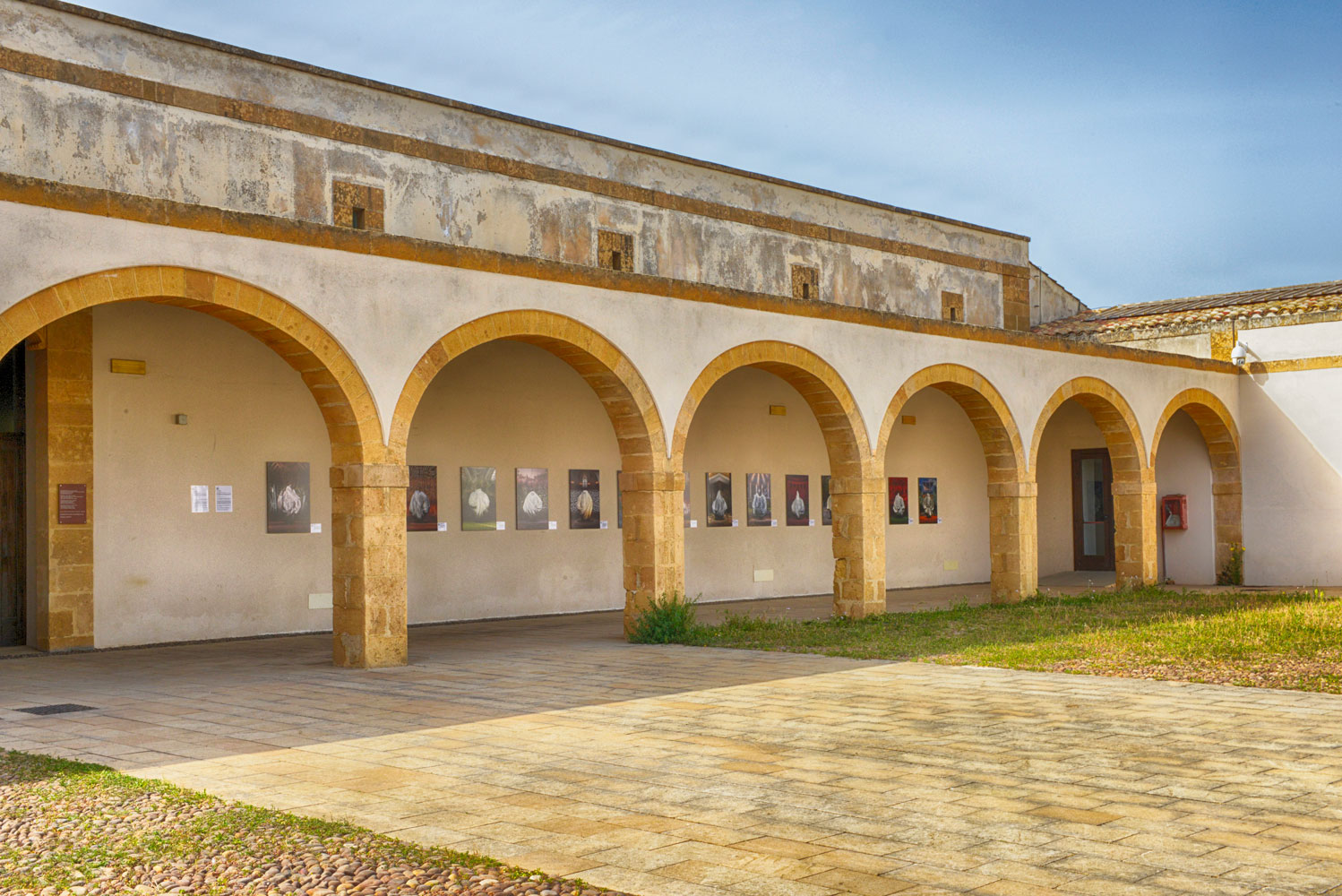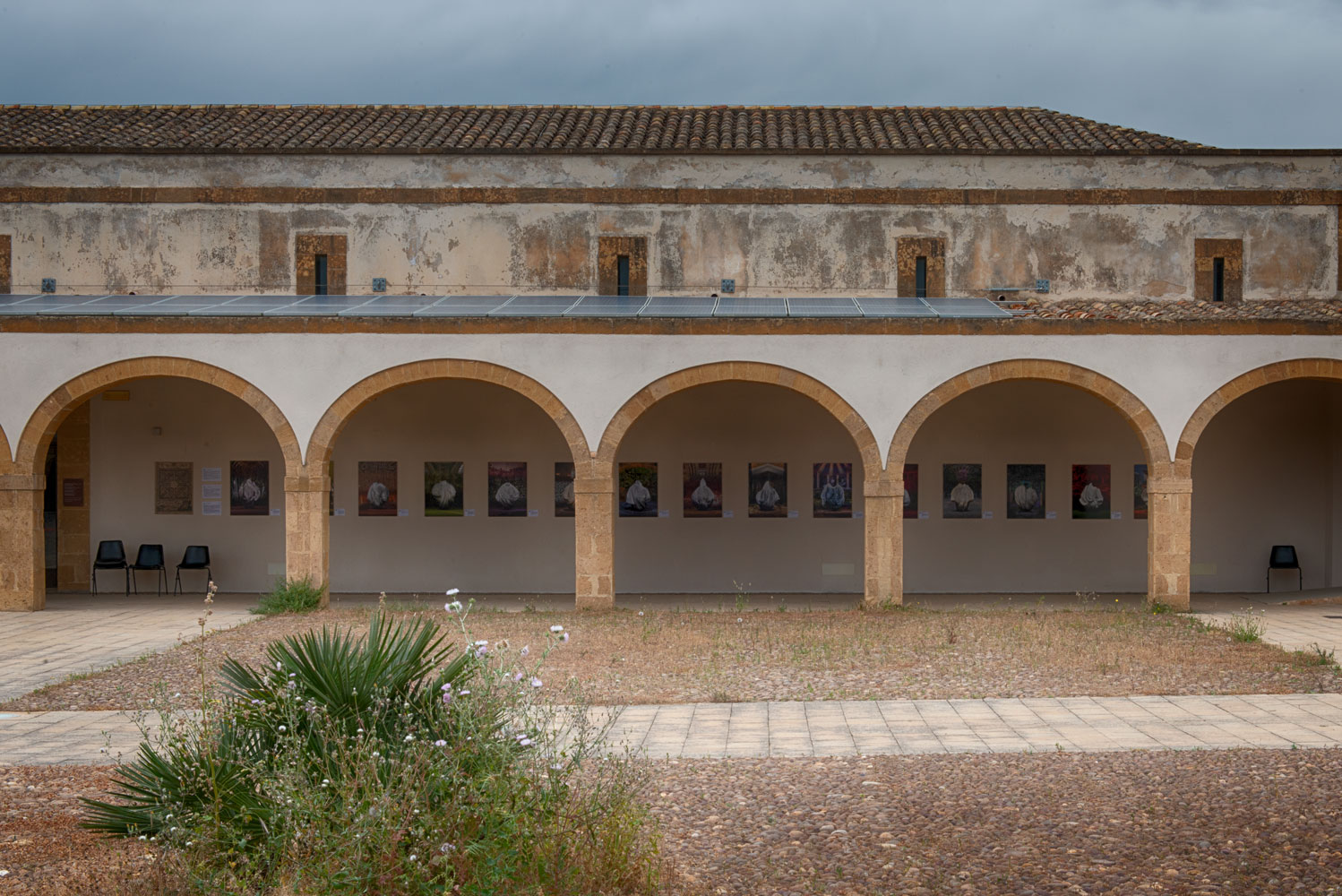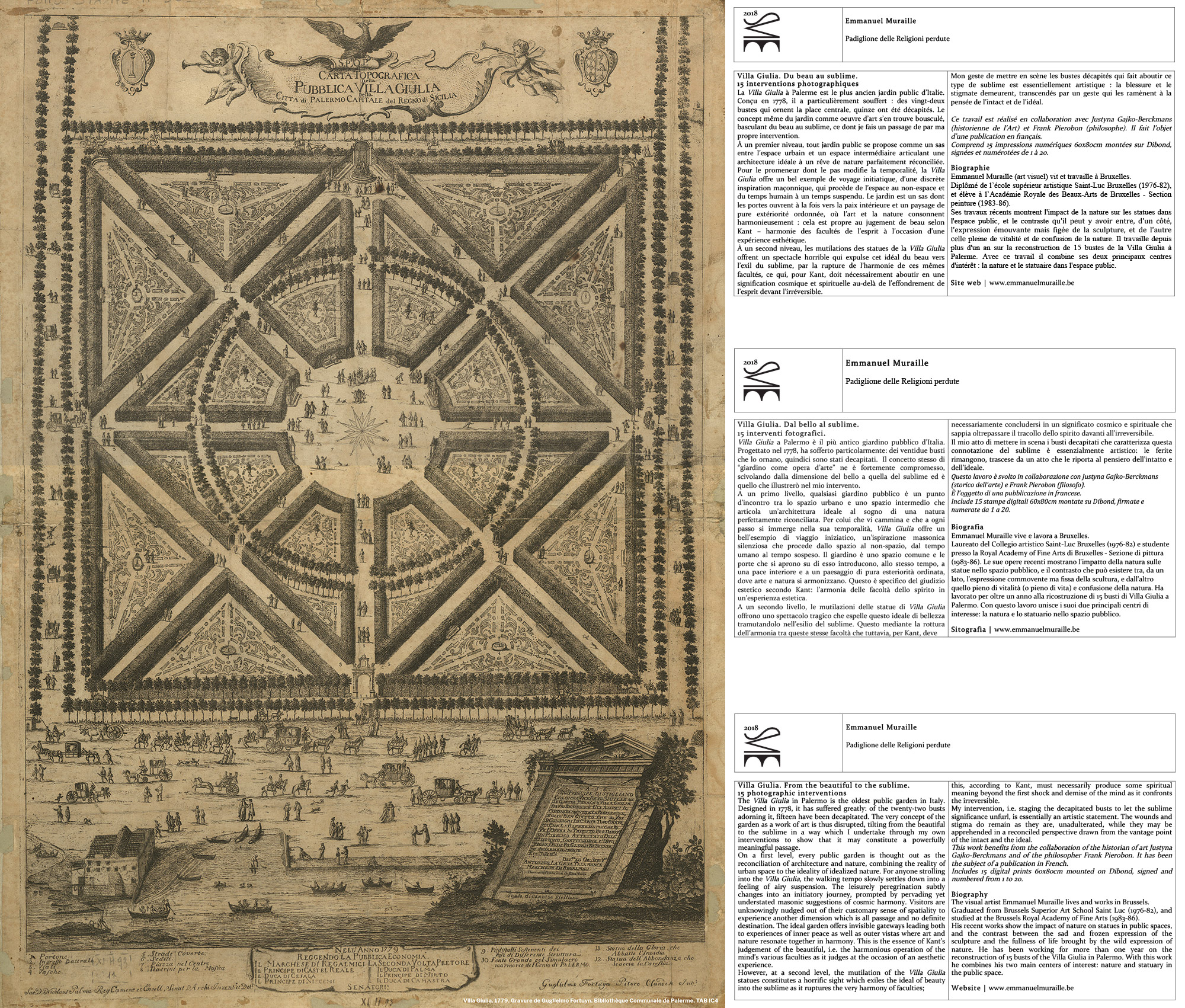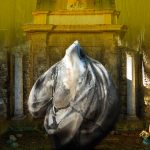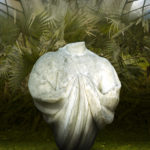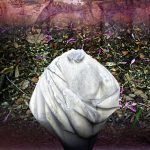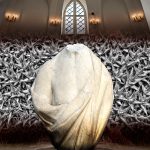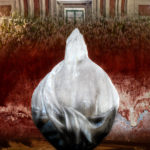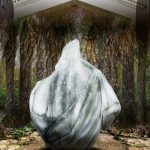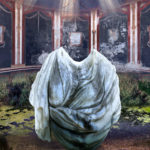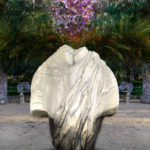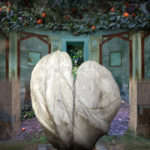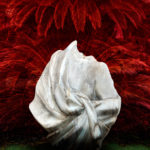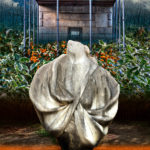BIAS 2018 – Musée du Parc Archéologique de Selinunte
Le parc Archéologique de Selinunte (Sicile – Province de Trapani) est une des zones archéologiques les plus vastes et les plus importantes d’Europe. Cette colonie grecque fut fondée au VIIème siècle avant J-C.
Plus d’infos sur Wikipedia
Au centre du site se trouve le musée Baglio Florio, une ancienne usine à vin reconvertie en espaces d’exposition et de conférence. C’est dans la cour de ce bâtiment, sous les arcades, qu’est présentée l’exposition “Villa Giulia. Du beau au sublime”. Outre les 15 photographies, on peut y voir une copie du plan de la Villa Giulia datant de 1779 et la présentation du projet en français, italien et anglais.
Merci à Enrico Caruso,
directeur du parc archéologique de Selinunte

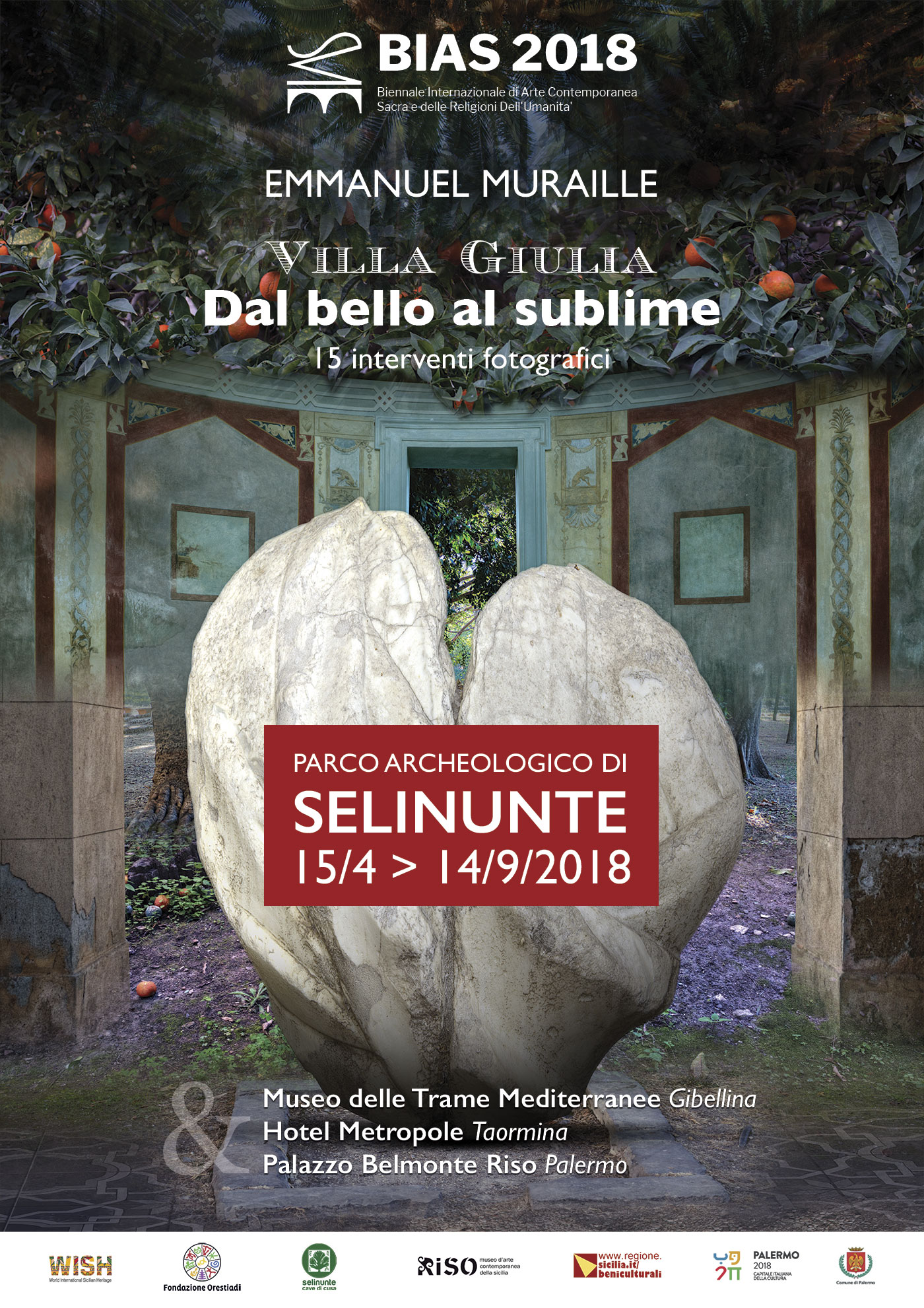
Villa Giulia. Dal bello al sublime.
15 photographic interventions
Villa Giulia a Palermo è il più antico giardino pubblico d’Italia. Progettato nel 1778, ha sofferto particolarmente: dei ventidue busti che lo ornano, quindici sono stati decapitati. Il concetto stesso di “giardino come opera d’arte” ne è fortemente compromesso, scivolando dalla dimensione del bello a quella del sublime ed è quello che illustrerò nel mio intervento.
A un primo livello, qualsiasi giardino pubblico è un punto d’incontro tra lo spazio urbano e uno spazio intermedio che articola un’architettura ideale al sogno di una natura perfettamente riconciliata. Per colui che vi cammina e che a ogni passo si immerge nella sua temporalità, Villa Giulia offre un bell’esempio di viaggio iniziatico, un’ispirazione massonica silenziosa che procede dallo spazio al non-spazio, dal tempo umano al tempo sospeso. Il giardino è uno spazio comune e le porte che si aprono su di esso introducono, allo stesso tempo, a una pace interiore e a un paesaggio di pura esteriorità ordinata, dove arte e natura si armonizzano. Questo è specifico del giudizio estetico secondo Kant: l’armonia delle facoltà dello spirito in un’esperienza estetica.
A un secondo livello, le mutilazioni delle statue di Villa Giulia offrono uno spettacolo tragico che espelle questo ideale di bellezza tramutandolo nell’esilio del sublime. Questo mediante la rottura dell’armonia tra queste stesse facoltà che tuttavia, per Kant, deve necessariamente concludersi in un significato cosmico e spirituale che sappia oltrepassare il tracollo dello spirito davanti all’irreversibile.
Il mio atto di mettere in scena i busti decapitati che caratterizza questa connotazione del sublime è essenzialmente artistico: le ferite rimangono, trascese da un atto che le riporta al pensiero dell’intatto e dell’ideale.
Questo lavoro è svolto in collaborazione con Justyna Gajko-Berckmans (storico dell’arte) e Frank Pierobon (filosofo).
Villa Giulia. From the beautifull to the sublime.
15 photographic interventions.
The Villa Giulia in Palermo is the oldest public garden in Italy. Designed in 1778, it has suffered greatly: of the twenty-two busts adorning the central place, fifteen have been decapitated. The very concept of the garden as a work of art is thus disrupted, tilting from the beautiful to the sublime in a way which I undertake through my own interventions to show that it may constitute a powerfully meaningful passage.
On a first level, every public garden is thought out as the reconciliation of architecture and nature, combining the reality of urban space to the ideality of idealized nature. For anyone strolling into the Villa Giulia, the walking tempo slowly settles down into a feeling of airy suspension. The leisurely peregrination subtly changes into an initiatory journey, prompted by pervading yet understated masonic suggestions of cosmic harmony. Visitors are unknowingly nudged out of their customary sense of spatiality to experience another dimension which is all passage and no definite destination. The ideal garden offers invisible gateways leading both to experiences of inner peace as well as outer vistas where art and nature resonate together in harmony. This is the essence of Kant’s judgement of the beautiful, i.e. the harmonious operation of the mind’s various faculties as it judges at the occasion of an aesthetic experience.
However, at a second level, the mutilation of the Villa Giulia statues constitutes a horrific sight which exiles the ideal of beauty into the sublime as it ruptures the very harmony of faculties; this, according to Kant, must necessarily produce some spiritual meaning beyond the first shock and demise of the mind as it confronts the irreversible.
My intervention, i.e. staging the decapitated busts to let the sublime significance unfurl, is essentially an artistic statement. The wounds and stigma do remain as they are, unadulterated, while they may be apprehended in a reconciled perspective drawn from the vantage point of the intact and the ideal.
This work benefits from the collaboration of the historian of art Justyna Gajko-Berckmans and of the philosopher Frank Pierobon.
Villa Giulia. Du beau au sublime.
15 interventions photographiques.
La Villa Giulia à Palerme est le plus ancien jardin public d’Italie. Conçu en 1778, il a particulièrement souffert : des vingt-deux bustes qui l’ornent, quinze ont été décapités. Le concept même du jardin comme œuvre d’art s’en trouve bousculé, basculant du beau au sublime, ce dont je fais un passage de par ma propre intervention.
À un premier niveau, tout jardin public se propose comme un sas entre l’espace urbain et un espace intermédiaire articulant une architecture idéale à un rêve de nature parfaitement réconciliée. Pour le promeneur dont le pas modifie la temporalité, la Villa Giulia offre un bel exemple de voyage initiatique, d’une discrète inspiration maçonnique, qui procède de l’espace au non-espace et du temps humain à un temps suspendu. Le jardin est un sas dont les portes ouvrent à la fois vers la paix intérieure et un paysage de pure extériorité ordonnée, où l’art et la nature consonnent harmonieusement : cela est propre au jugement de beau selon Kant – harmonie des facultés de l’esprit à l’occasion d’une expérience esthétique.
À un second niveau, les mutilations des statues de la Villa Giulia offrent un spectacle horrible qui expulse cet idéal du beau vers l’exil du sublime, par la rupture de l’harmonie de ces mêmes facultés, ce qui, pour Kant, doit nécessairement aboutir en une signification cosmique et spirituelle au-delà de l’effondrement de l’esprit devant l’irréversible.
Mon geste de mettre en scène les bustes décapités qui fait aboutir ce type de sublime est essentiellement artistique : la blessure et le stigmate demeurent, transcendés par un geste qui les ramènent à la pensée de l’intact et de l’idéal.
Ce travail est réalisé en collaboration avec Justyna Gajko-Berckmans (historienne de l’Art) et Frank Pierobon (philosophe).
Parco Archeologico di Selinunte
91022 Marinella di Selinunte,
Castelvetrano, Sicile, Italie
+39 0924 46277


